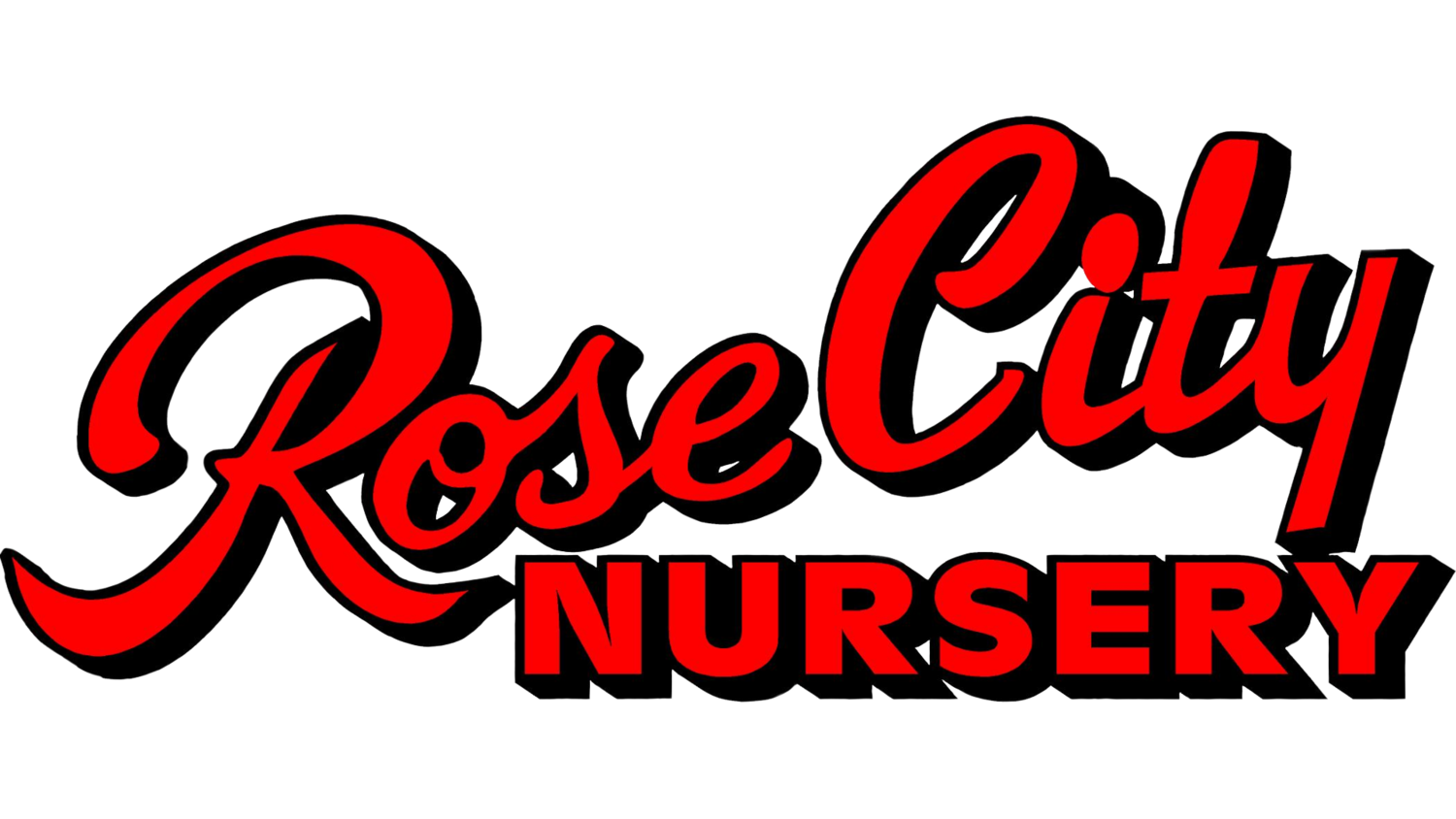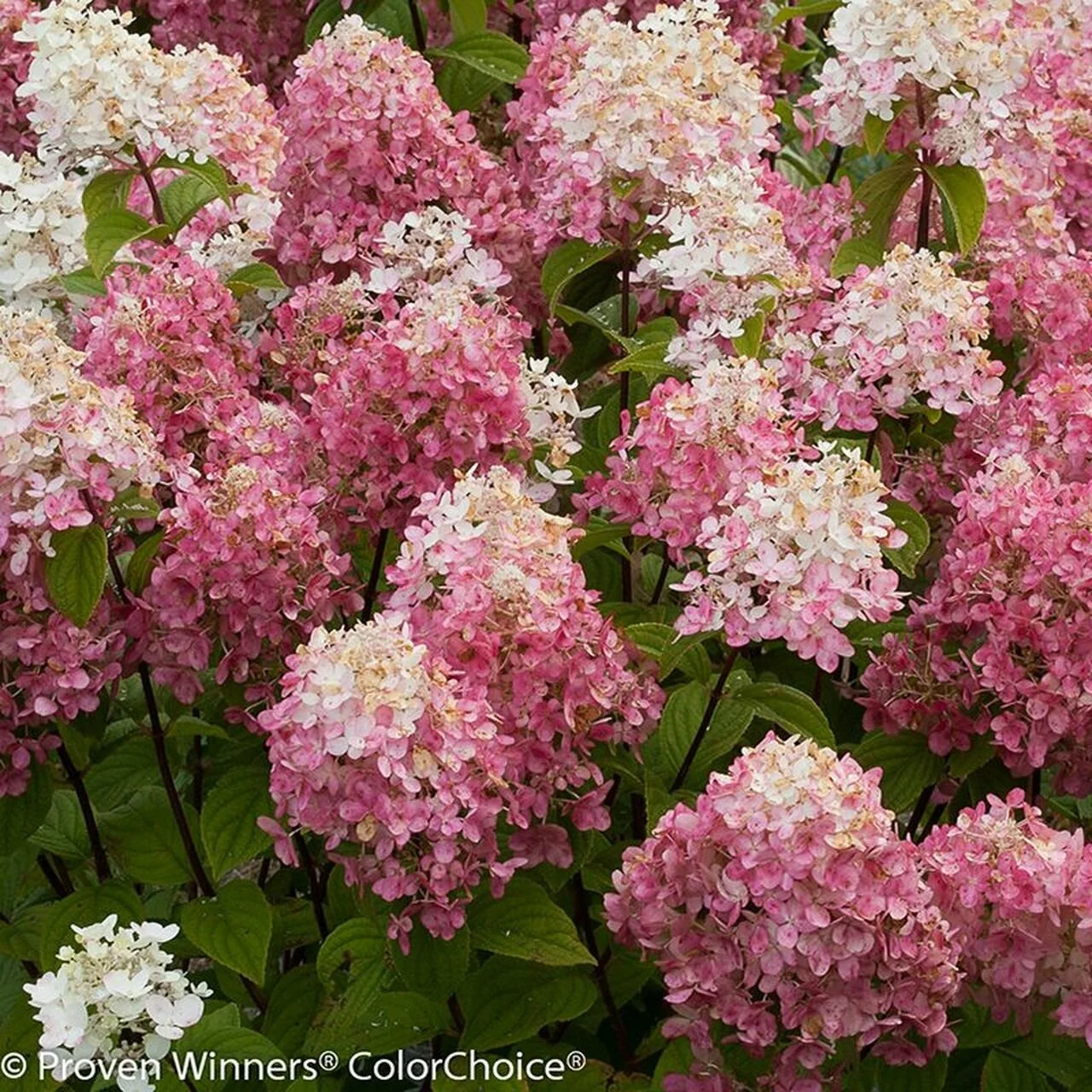Pruning Your Hydrangea
Pruning your hydrangea can be a confusing task if you haven’t done it before, but pruning is essential to creating vigorous, sizeable blooms and increasing the longevity of your plant. We prune hundreds of hydrangeas every year and we want to keep you informed on how to get the most out of your favorite shrub!
The first step to pruning your hydrangea is identifying how it blooms. In order to identify how it blooms you need to know what type of hydrangea you have. Some hydrangeas form buds before entering dormancy- these are old growth bloomers. Others form their buds right after leafing out- these are new growth bloomers.
Oak Leaf Hydrangea
Oak Leaf Hydrangeas, like other old growth bloomers, will form it’s buds for the following year after it blooms. To properly prune an Oak Leaf, cut about 1/3 of the stalk off above the new growth in the fall or early winter.
Mophead Hydrangea
Mophead Hydrangeas rarely need to be pruned unless they are very old, and they do not need to be deadheaded. For the best results leave the dry blooms on the shrub until spring and prune when new growth arises if necessary.
Lacecap Hydrangea
Lacecap Hydrangeas can be deadheaded. Deadheading these hydrangeas will keep them in bloom all through the summer. If you have an older Lacecap that is not blooming as heavily, cutting the stems 1/3 of the stem in late winter/early spring should help it bounce back to life.
Panicle Hydrangeas
Panicle Hydrangeas begin to form buds after leafing out. The best time to prune these hydrangeas is after it has reached it’s state of complete dormancy. Wait two weeks after it has lost all of it’s leaves to ensure timing. Cut back 1/3 of the entire plant and remove any thin side branches.
Smooth Hydrangea
It is best to prune from fall to late winter once in a dormant state. Cut back until the stems are 1-2 feet long to help support new stems in the following year to keep its’ upright form.






